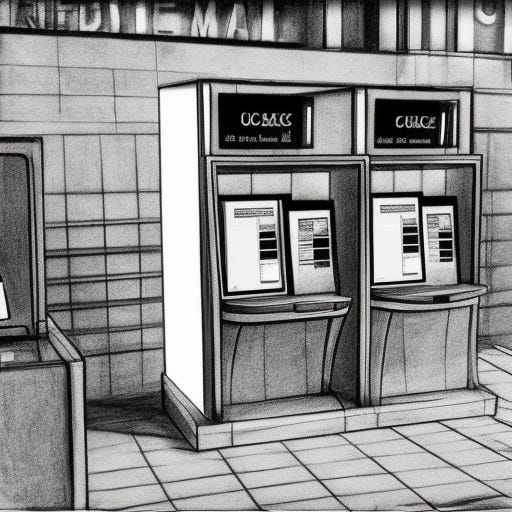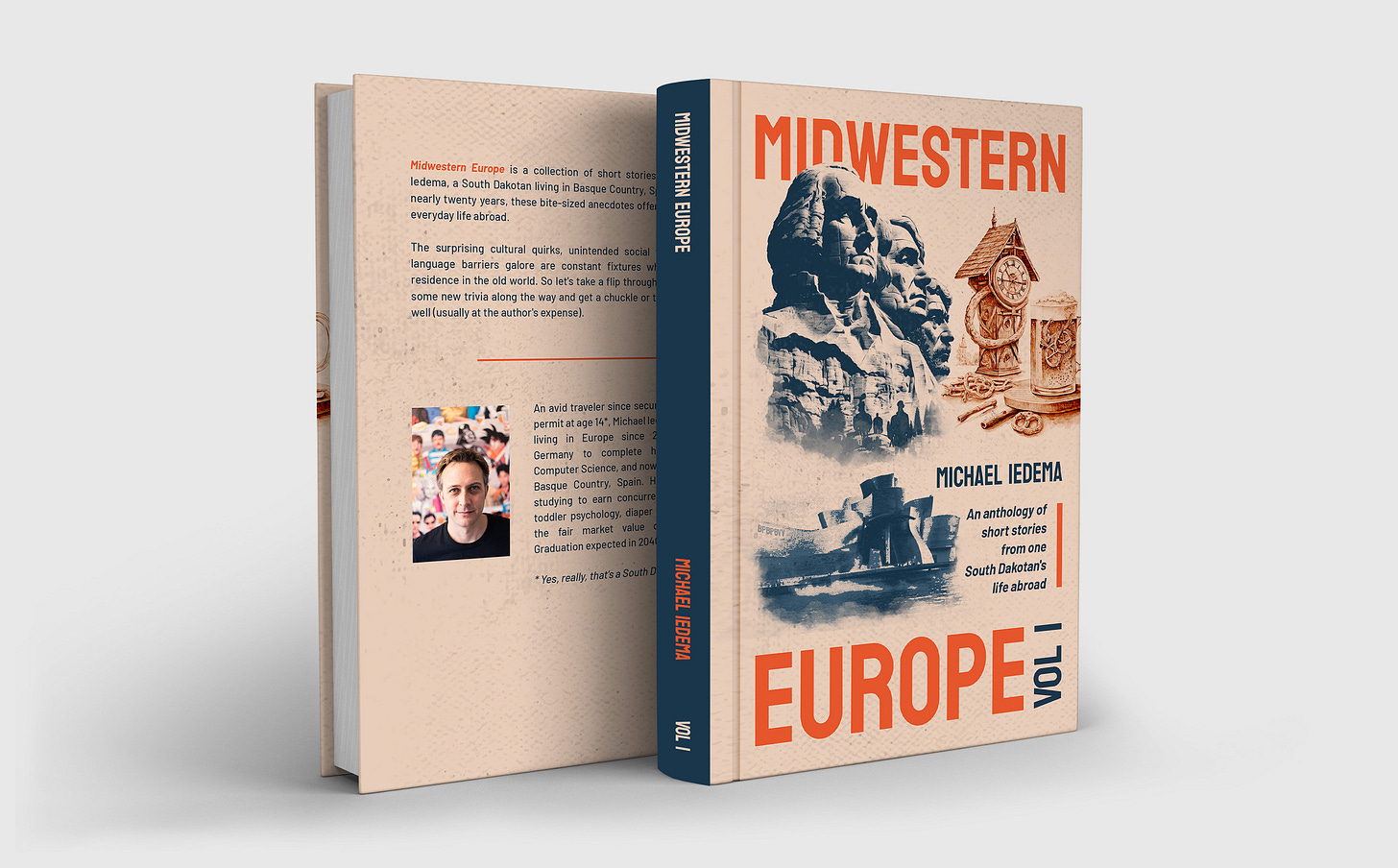
Vol. 1, No. 19 — Europeans use the euro to pay for things in Europe. There you have it, folks. My work here is done. If I were writing this at any time before 1999, you would be in for a two- or three-parter to cover all of the currencies in use in Europe. This complexity is the primary reason a common currency was adopted; It greatly simplified commerce and travel.
Spain used the Peseta and Germany used the German Mark as their currencies before the introduction of the euro. One euro was equivalent to 166.39 Pesetas or 1.96 Marks when they switched over. The Germans had an easier time converting prices back and forth in their heads when suddenly shopping with euros. The Spanish, not so lucky.
The euro is not in use in all of Europe. Some countries are not members of the European Union. Other countries want to have control over their issuance policies. Regardless of the reason, visiting one of these countries is always an adventure in the same mental gymnastics mentioned above.
On a visit to Norway, which uses the Krone (crown), Nora and I sat down at a pizza place to refuel for more sightseeing. About halfway through the ordering process, we realized that the pizza was going to cost us €33.50 (the equivalent of $35) and each beverage another €8 (~$9). As a couple of students on a very tight budget, this was a comically impossible sum. We had a chuckle, abandoned ship, and apologized our way out the door.
These outliers aside, the euro is used everywhere over here. The coins have denominations of 1¢, 2¢, 5¢, 10¢, 20¢, 50¢, €1, and €2. Some countries have discontinued minting 1¢ and 2¢ coins as they cost more to manufacture than their face value. The bills have denominations of €5, €10, €20, €50, €100, €200.
There was also a €500 bill but it was discontinued in 2019 due to concerns about money laundering and criminal activity. In Spain, this bill was nicknamed “the Bin Laden.” Was this because of its potentially illicit uses? No, it’s because everyone knew they existed but no one could find one.
When I first moved to Europe, I had to buy a different wallet, as euro bills have different sizes depending on their denomination. The first time I put a €50 bill in my wallet, it peeked out the top. This led to a realization a few days down the road: how do blind and visually impaired people distinguish between denominations of paper money in the US?
Coins are a different story for accessibility. They are quite easy to distinguish based on touch in both Europe and the US. However, the States has another quirk here. There aren’t any numerals printed on any of our coins! At best, there is an English word for the number. The penny has “one cent” and the nickel has “five cents” written on their faces. But what does “one dime” mean to the average non-English speaker?
We’ve all seen someone at a store holding out a handful of random coins and the clerk picking out what is needed. A German friend visiting the US for the first time told me he had to do the same thing. He had no idea what any of the coin values were. It’s easy to forget how much shared secret knowledge we all carry around in our daily routines.
Midwestern Europe: Volume 1 with the first 52 entries in this series is available now on Amazon US, Spain, and Germany in hardcover, paperback, and Kindle formats!
They were made with much love. Pick up a copy, you won’t be disappointed.
If you’ve been enjoying these entries, please consider dropping by the product page and leaving a star rating based on what you’ve read here. Your investment of a minute or two would totally make my day! Many thanks.

